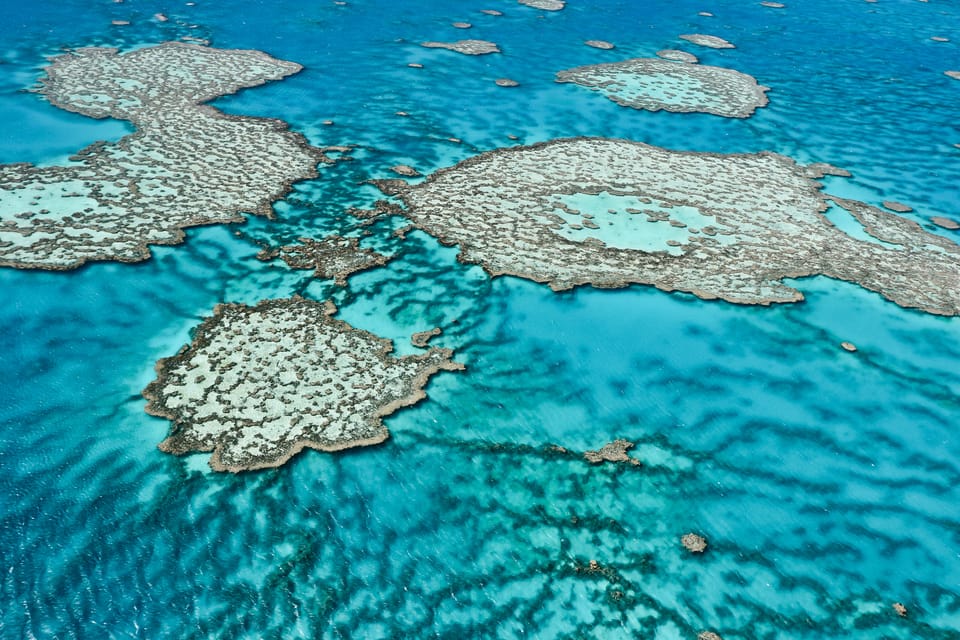Financing to Secure a Sustainable Future for Marine Protected Areas

Author: Arlette Schramm
Marine Protected Areas (MPAs) are at the forefront of ocean conservation, safeguarding critical marine ecosystems, supporting coastal communities worldwide and enabling countries to deliver on their commitment to 30x30 under the Global Biodiversity Framework. When effectively managed, these designated marine spaces protect critical habitats, maintain biodiversity, and support sustainable blue economies through coastal protection, fisheries enhancement, and nature-based tourism. However, while their importance is widely recognised, many MPAs struggle with a fundamental challenge: securing sustainable financing for their management.
In the latest policy brief from GOAP, "Financing Marine Protected Areas: From Basic Revenue Generation to Innovative Finance Solutions", experts outline why financing for MPAs is crucial to their success and make recommendations for MPA managers, national governments, financial institutions or donors and the international community interested in establishing, managing or supporting MPAs.
Building strong financial foundations
Successful implementation of innovative financing mechanisms depends heavily on demonstrated capacity for three main areas:
- Strategic Financial Planning: This starts with thorough cost-benefit analysis and developing diversified funding portfolios. Ocean accounting frameworks can strengthen this planning by standardising environmental, economic, and social data collection.
- Revenue Generation & Management: While core funding often comes from government and donors, successful MPAs increasingly generate their revenues through user fees, tourism concessions, and ecosystem service payments.
- Financial Administration & Governance: Professional financial management and transparent reporting systems are essential. Ocean accounts can support this by providing standardised frameworks for managing environmental and economic data.
Why a comprehensive approach to finance?
Let’s use the example of an MPA that has effectively implemented visitor fee systems and managed tourism concessions. This MPA is far better positioned to access impact investments or develop blue carbon projects because these foundational activities demonstrate financial management capability, create cash flow records, and build relationships with stakeholders - all critical elements for more complex financing solutions. A stepped approach - from basic visitor fees and concessions to more sophisticated instruments like blue bonds or carbon credits - offers a practical pathway to financial sustainability.
By diversifying funding sources and building strong financial management systems, MPAs can better withstand external shocks while maintaining their conservation objectives.
What’s next?
Several recommendations are suggested to advance MPA finance, including
- MPA Managers should prioritise basic revenue mechanisms and invest in financial management capacity. Systematic data collection guided by frameworks such as ocean accounting can help build compelling business cases for funding.
- National Governments need to create enabling policy frameworks and establish system-level financing mechanisms like national conservation trust funds.
- Financial Institutions and Donors can develop blended finance solutions and support capacity building alongside capital deployment.
- The International Community should strengthen knowledge sharing and develop standardised impact metrics, which ocean accounting frameworks can help provide.
As ocean conservation becomes increasingly urgent in the face of climate change and biodiversity loss, ensuring MPAs have access to sustainable financing has never been more critical. This brief provides practical guidance for MPA managers, policymakers, and financial institutions working to achieve this goal.
Download the full brief below to learn more about building financial sustainability for marine protected areas.
